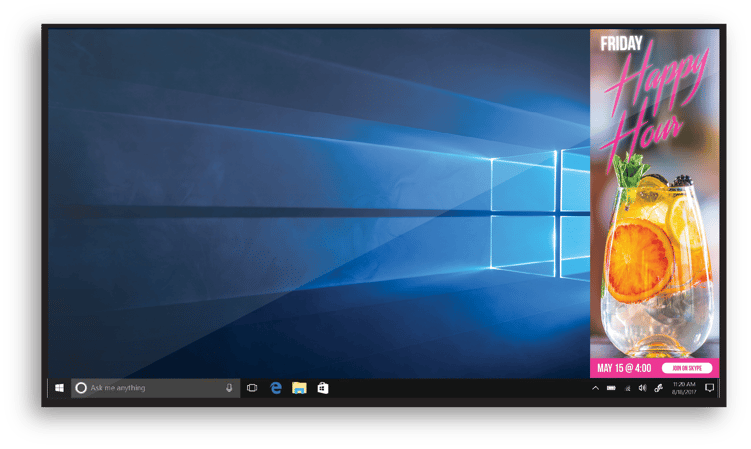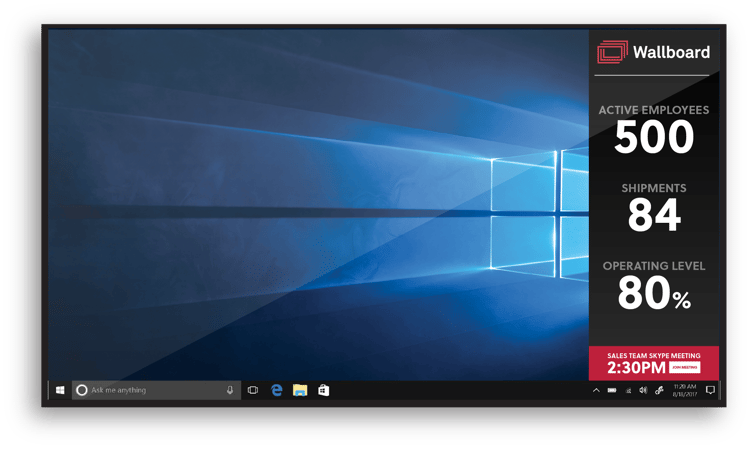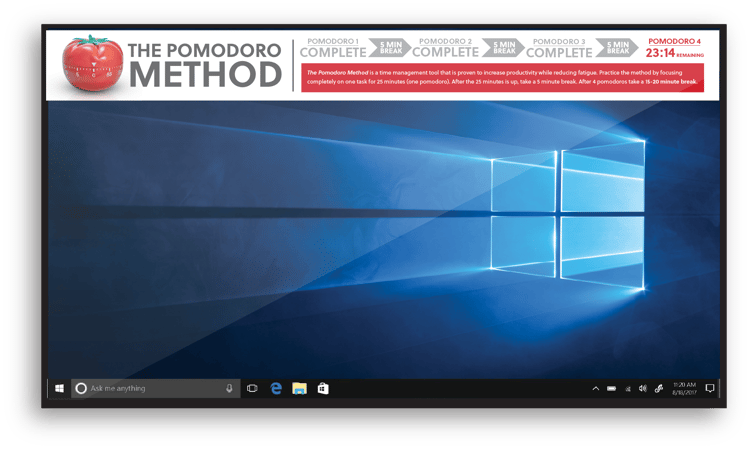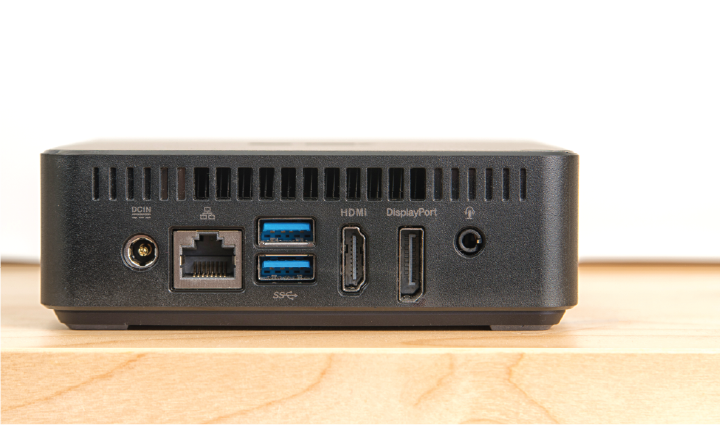With workplace communication technology getting more powerful, we have seen a steady increase in remote work over time. The Covid-19 pandemic flipped the script and seemingly overnight an entire workforce has now gone remote. While remote work has its conveniences, it is not without problems. Message goals can get lost or misread when communication is 100% digital. Your workforce may combat feelings of loneliness and isolation as they continue to perform their job duties remotely. In this challenging time, tools and companies need to adapt quickly to keep up with this changing landscape. Businesses need to find ways to stay connected with their workforce and maintain their company culture. Below are some tips and tricks that you can use to stay engaged with your remote workforce.
1. Celebrate Milestones
Remote work is no less productive than in-office work, but it may not always feel that way. One of the major problems faced by a remote workforce is a lack of visibility. John Smith may work his fingers to the bone to complete a project only to, but without a team to communicate face-to-face with, the project simply moves to the complete pile and he moves on to the next task on the list. Without affirmations and recognition, work can start to feel monotonous. This recognition of achievements more important than ever now as people tend to focus on their failures longer and forget their accomplishments quicker.
To prevent this, send out celebratory milestone messages to your workforce. Did Dean close a sale? Shout it out! Did your team surpass their weekly goals? Give them props! Don’t limit this only to work goals either. Be sure and celebrate your team’s other milestones. These can include work anniversaries, birthdays, anniversaries, etc. You can even set up a buddy system within your team where it is each person’s job to brag on their buddy. This can bypass the awkward self-brag while taking some of the load off management.

2. Commute Differently
Now that we no longer have our daily office commutes, many of our morning traditions have seemingly been put on hold. It isn’t as easy to roll straight out of bed and into your work as one might think. Often, the beginning of our office day is spent catching up with coworkers while drinking our morning coffee. Encourage your workforce to continue this tradition and even expand their social sphere. Send out announcements for coffee time where your employees can have a morning cup of coffee and chat with a rotation of team members. This not only reestablishes a morale-boosting social experience – it also promotes more collaboration.
Apply the same principle to the “commute home”. With the problem of drinking and driving taken off the table, scheduling a weekly happy hour with coworkers over video chat offers a solid substitute for an often-observed social gathering.

3. Set Clear Goals
During this time, clear communication is of utmost importance. The digital age has treated us to unrivaled social connectivity, but miscommunications still happen all the time. To curb communication issues, set clear goals for your team and ensure your network of communication is constantly sending them updates. This way, they understand not only where they are going but where they currently are so they can adapt to changing projects and timelines. Consider broadcasting live data to their screens that help them track current project completion rates amongst the team. Wallboard’s Desktop Broadcast App gives you both the ability to create custom content tied to live data and push it directly to your remote employees’ desktops. This helps to create a level of healthy competition that is often found in an office environment while giving you another tool to track and monitor progress.

4. Practice the Pomodoro Method
The Pomodoro Method is a time management technique that can help your team maintain a healthy level of productivity while working remotely. It involves segmenting your time into 25-minute blocks called “Pomodoro”. For those 25 minutes, team members are completely focused on whatever task they have been assigned. The 25 minutes of focus is followed by a five-minute break. After four Pomodoros, your team members take a longer 15 to 25-minute break. The idea behind setting the 25-minute timer is that it creates a sense of urgency where more is accomplished in a shorter amount of time. Breaking the day up into blocks also helps to reduce the burnt-out feeling most workers experience after a day of working non-stop from the home office.
Consider broadcasting an optional Pomodoro timer to your teams to gamify this method. Use this to create a sense of healthy social competition while treating the team to guilt-free breaks.

These are just a few suggestions that you can use to stay connected with your remote workforce. As the Covid-19 pandemic continues, we will need to adapt socially with new ways of interacting with one another. Wallboard can help provide you with the tools you require to promote the constant communication to your team and improve your company’s culture in the office or from a distance.












